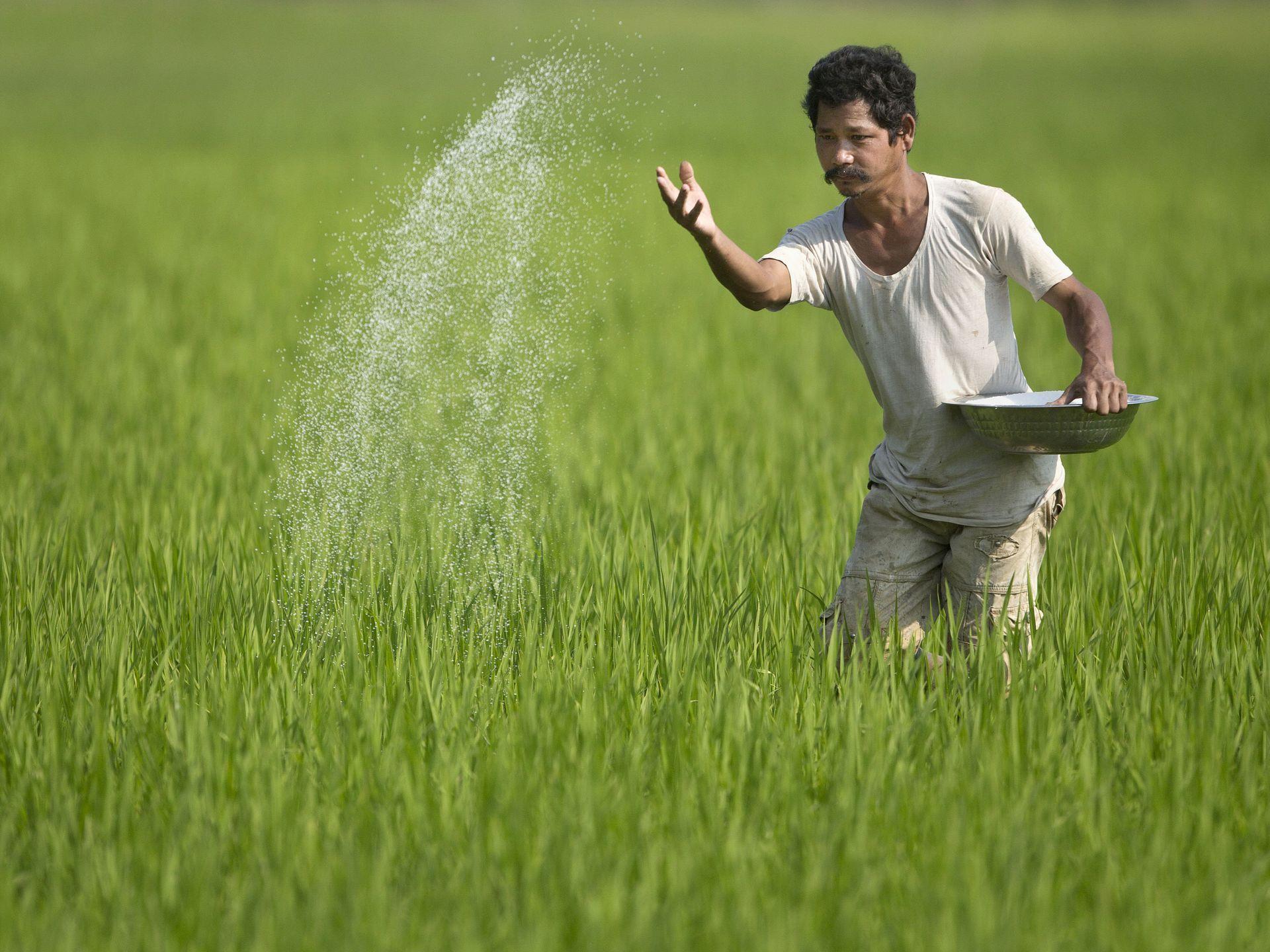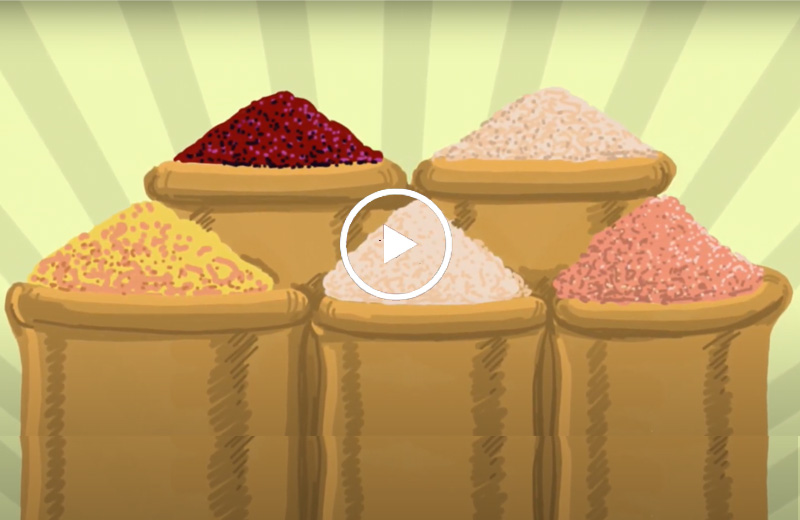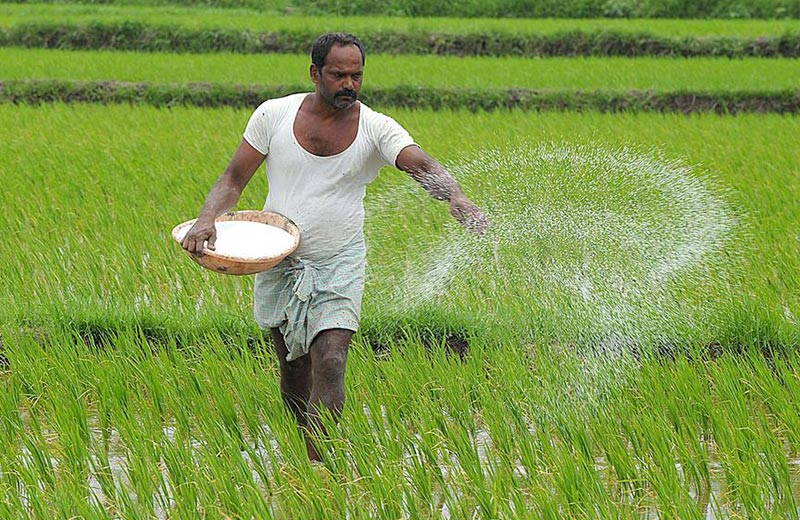For decades, India’s fertile fields have served as the country’s lifeblood, feeding its people and driving its economy. However conventional farming methods, passed down through generations, are facing a major transformation. A new breed of farmer is developing, with the power of technology and data at their fingertips. This is not science fiction; it is a very real shift taking place right now in the heart of Indian agriculture.
This blog delves into the amazing ways these tech-savvy farmers are changing the game. We’ll look at the cutting-edge technologies they’re using, the real-world impact they’re having, and the irrefutable effectiveness of their inventions. From drone patrols monitoring fields to AI algorithms forecasting crop health, Indian farmers’ creativity and adaptability will amaze you as they revolutionize food production in this vast and essential agricultural landscape.
Precision Agriculture: Optimizing Every Acre
One of the most significant transformations is the rise of precision agriculture. This approach leverages technology to collect and analyze field-specific data, enabling farmers to make informed decisions about resource allocation.
- Drones on Patrol: Drones, also known as unmanned aerial vehicles, or UAVs, are becoming increasingly common. They map fields, detect outbreaks of insects, and identify nutrient deficits thanks to their multispectral cameras. Drone-based photography increased nitrogen use efficiency in rice production by 40%, according to research by the International Crops Research Institute for the Semi-Arid Tropics (ICRISAT), which resulted in significant cost savings for farmers.
- Sensor Networks Gaining Ground: Sensor networks are starting to appear more frequently. These tiny, in-soil monitors give real-time information on temperature, nutrient content, and moisture levels. The Indian Institute of Technology (IIT) Kharagpur used these sensors in a pilot project that reduced water usage for cotton production by 25% in Maharashtra.
- Artificial Intelligence (AI): The New Friend for Farmers – In Indian agriculture, artificial intelligence (AI) is becoming more prevalent. AI-powered systems examine huge datasets, such as soil conditions, historical yields, and weather patterns. This enables farmers to select the best crop kinds for their land, plan irrigation schedules effectively, and predict crop health. AI-based recommendations enhanced the production of wheat by 8% for participating farmers, according to a project by the nonprofit International Food Policy Research Institute (IFPRI) in Bihar.
Innovation Beyond the Field: Embracing Technology Across the Chain
The impact of innovation extends beyond the field. Here’s how technology is transforming other aspects of Indian agriculture:
- Digital Marketplaces: Spreading to Unknown Territory – By cutting out middlemen and boosting profit margins, online services like Gramophone and Ninjacart are bringing farmers and consumers together directly. According to research by the National Institute for Transforming India (NITI Aayog), farmer incomes may rise by as much as 50% thanks to internet platforms.
- Weather on Demand: Farmers can access hyper-local weather forecasts using mobile applications and real-time weather monitoring systems. This enables them to schedule planting and harvesting operations, prepare for severe weather, and reduce agricultural losses. According to a World Bank report, having access to reliable weather information can save agricultural losses caused by erratic weather by 10% to 30%.
- Financial Inclusion: Bridging the Gap – Even small and marginal farmers can now more easily access finance and financial services thanks to fintech technologies. Farmers can invest in new technology and raise their standard of living thanks to the secure and transparent transactions made possible by mobile wallets and digital payment platforms. Digital financial inclusion might allow the Indian agriculture sector to access an extra credit of Rs. 1.2 lakh crore (US$ 16.8 billion), according to a report by the FICCI Committee on Agriculture.
The Human Factor: Knowledge Sharing and Collaboration
The sharing of knowledge and cooperation among farmers is critical to the success of these advances. These factors are encouraging a culture of ongoing improvement in the following ways:
- Farmer Producer Organisations (FPOs): These groups enable marginal and small-scale farmers to share best practices, pool resources, and bargain together for lower input and product costs. According to a National Bank for Agriculture and Rural Development (NABARD) study, farmer earnings may rise by 15-20% as a result of FPOs.
- Agricultural Apps and Information Services: Farmers are getting access to vital information on subjects including government programmes, pest control methods, and sustainable farming practices through a multitude of mobile applications and information portals. More than 80 million Indian farmers are now utilising mobile phones to receive agricultural information, according to research by the Department of Agriculture, Cooperation & Farmers Welfare (DAC&FW).
The agricultural landscape is changing as a result of these amazing inventions made by Indian farmers. They are creating the conditions for a future in Indian agriculture that is more profitable, efficient, and sustainable by embracing technology, data-driven techniques, and cooperative approaches. We anticipate a notable increase in agricultural output, better farmer livelihoods, and increased national food security as these innovations develop and become more widely used.




